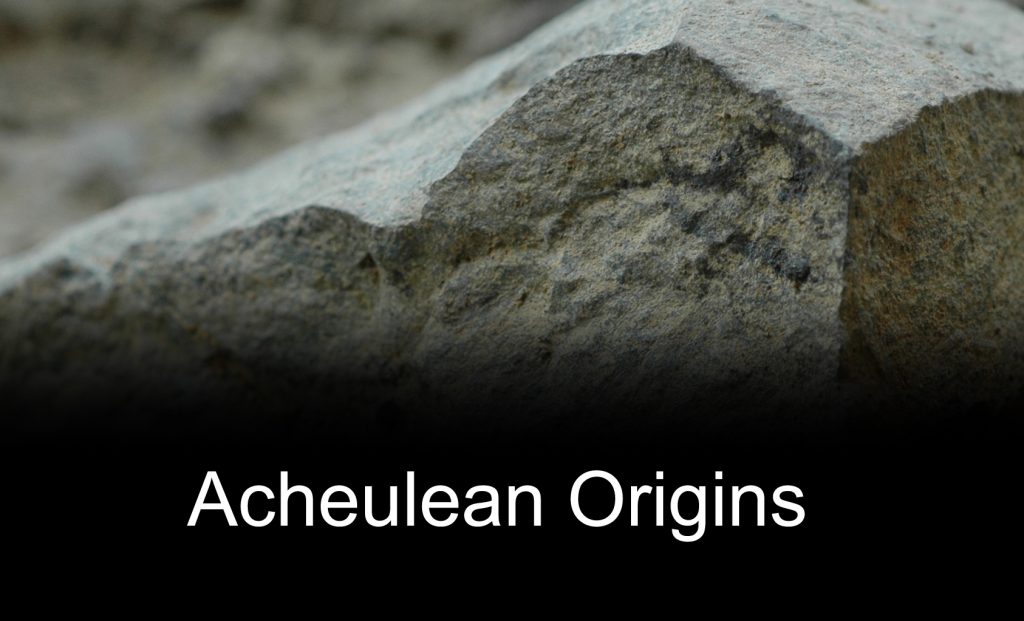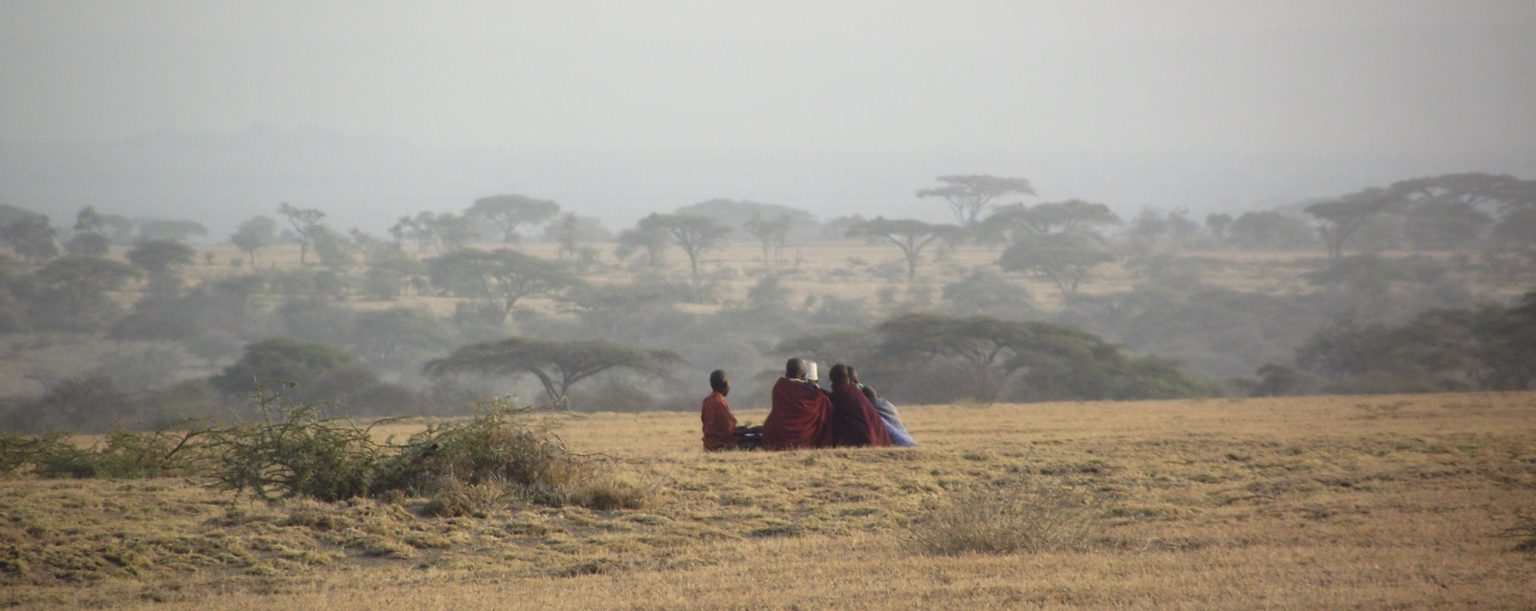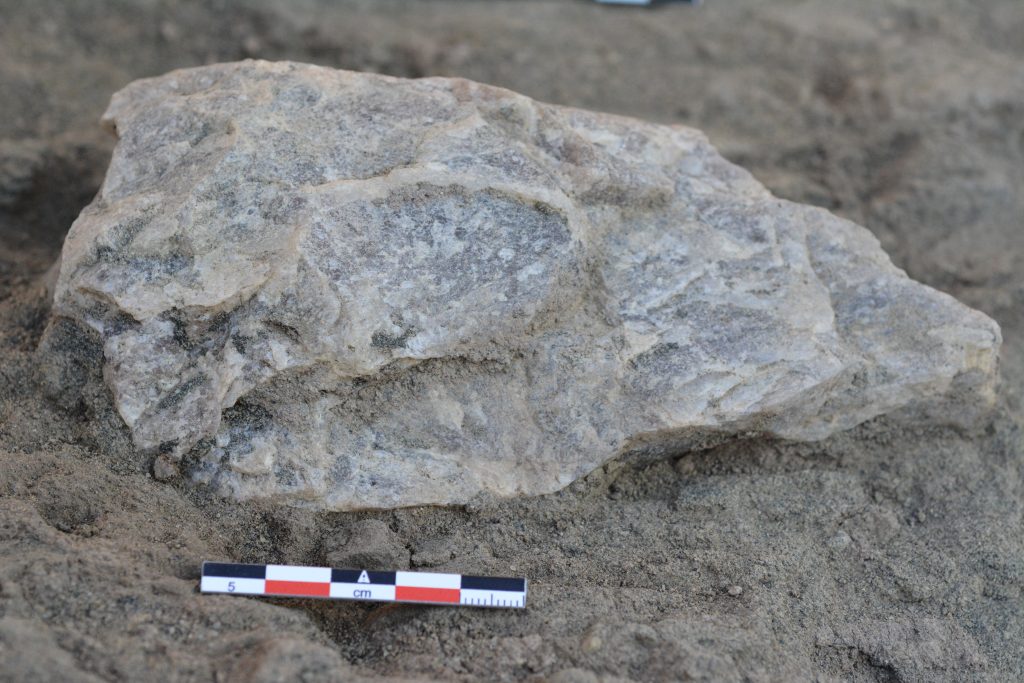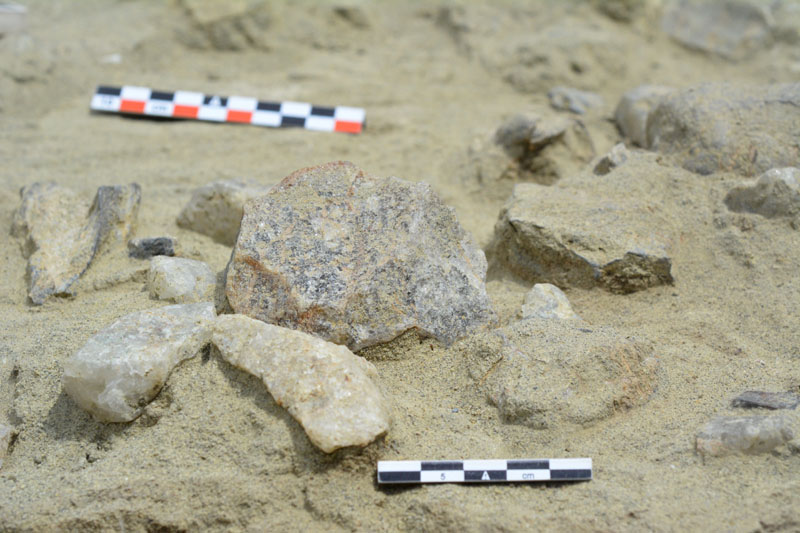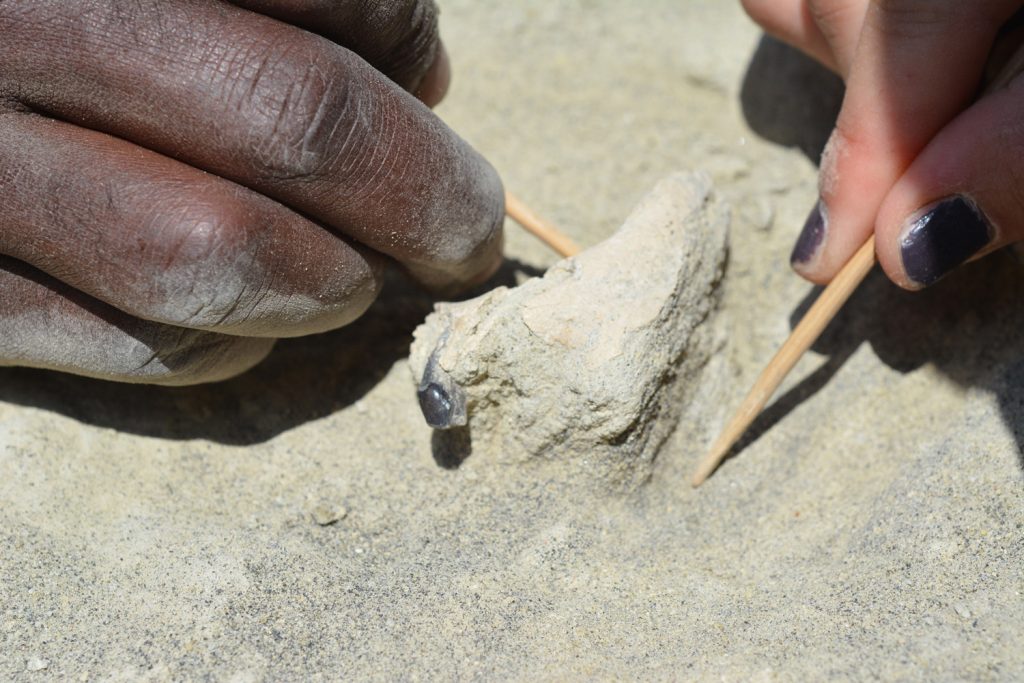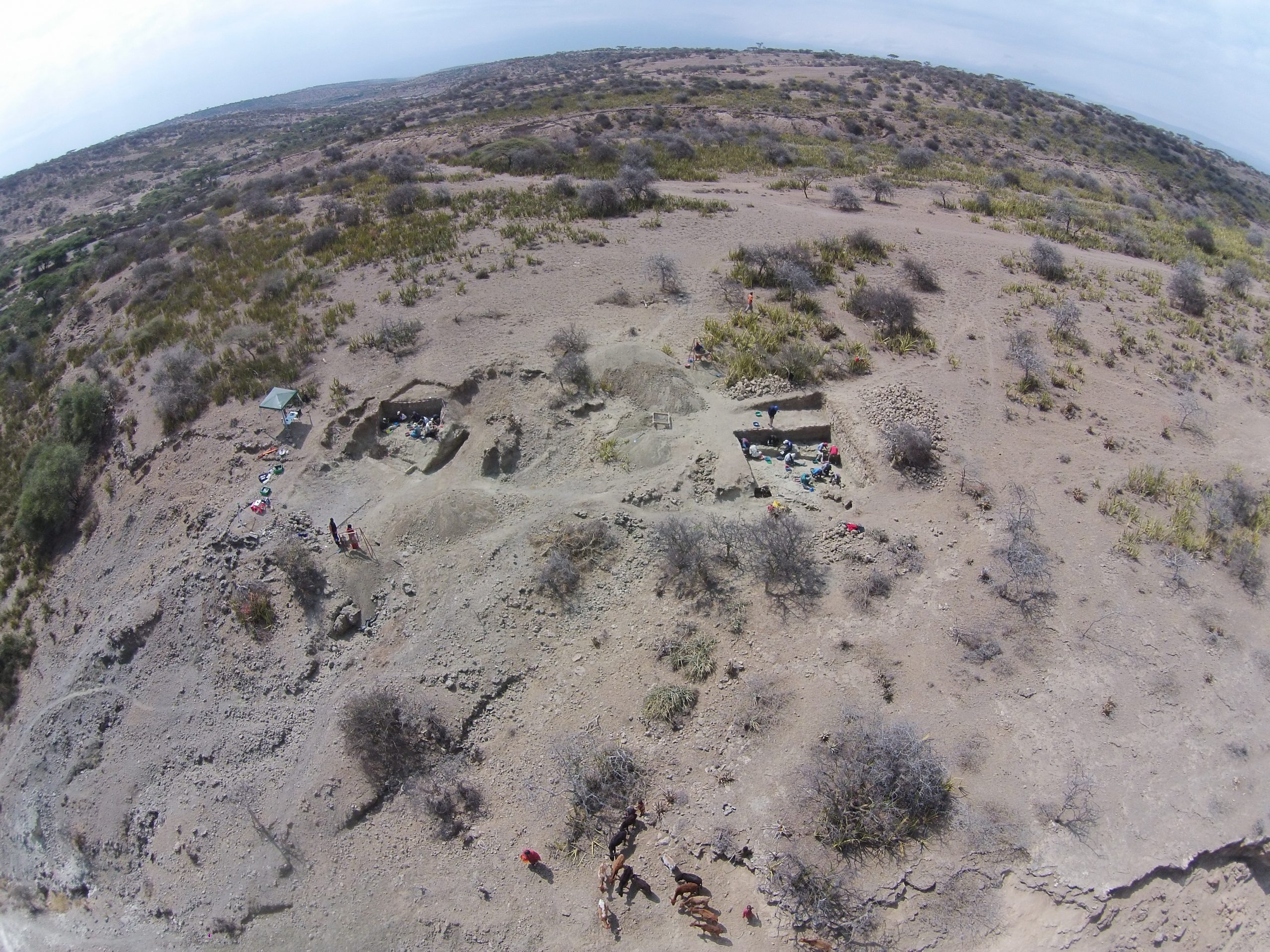OLDUVAI GORGE
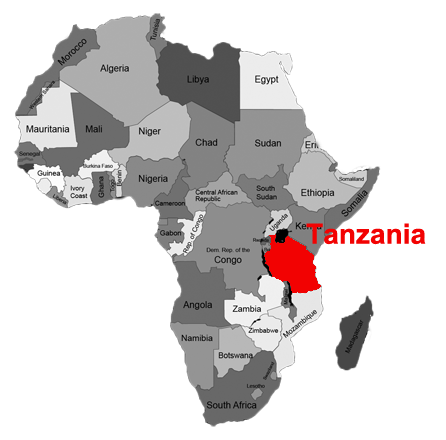
Olduvai Gorge, in northern Tanzania, is internationally recognized for Louis and Mary Leakey’s famous discoveries of early humans and magnificent antiquities documenting the evolutionary history of our stone tool-using ancestors, vertebrate fauna, and the environments over the last two million years.
Research at Olduvai began almost a century ago, producing an unparalleled wealth of archaeological and palaeontological data for the study of some key phases of early human evolution.
Olduvai was the first place where traces of an early stone tool culture were discovered, and gave the name to the Oldowan, dated between 2.6 and 1.5 million years ago. Olduvai is also one of the first sites in Africa where the earliest Acheulean was first discovered, and where the traditional view of the Oldowan-Acheulean transition was established.
Olduvai Gorge (Tanzania)
The disappearance of the earliest human culture, the Oldowan, and its substitution by a new technology, the Acheulean, is one of the main topics in modern Paleoanthropology. The Olduvai Gorge Archaeology Project (OGAP) brings together an international team of archaeologists, paleoecologists and geologists, whose main goal is to study the mechanisms that led to the origins of the Acheulean in Olduvai Gorge.
What is OGAP?
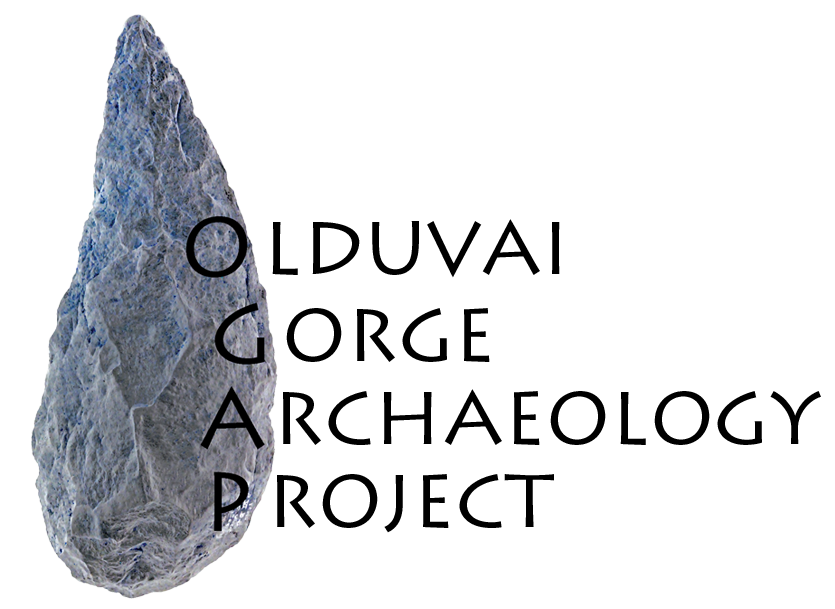
To investigate the origins of the Acheulean in Olduvai, the Olduvai Gorge Archaeology Project (OGAP) is reappraising the chrono-stratigraphy of the sequence, and excavating fossil and stone tool sites throughout the Olduvai beds.
The Olduvai beds preserve a critical interval of time spanning over 2 million years that evidence changes in fauna, stone tools and climate. These include the disappearance of Homo habilis, the emergence of Homo erectus, and the transition from primitive Oldowan stone tools to the first appearance of more advanced Acheulean handaxes.
Objectives
-Large-scale excavations at key sites at Olduvai Gorge: EF-HR, FC, MNK Skull, HWK EE.
-Test-pitting at other sites relevant to the Oldowan and Acheulean in Olduvai.
-Application of the landscape sampling approach to the Olduvai deposits, conducting random test pits in different paleo-ecological settings.
-Measurement of detailed stratigraphic sections at and between sites of archaeological interest to establish their correlations and paleoecological contexts.
-Reconstruction of the paleo-environments of the Olduvai lake basin in the last two million years.
